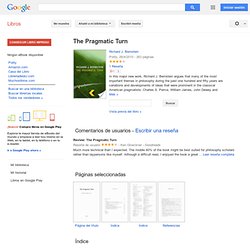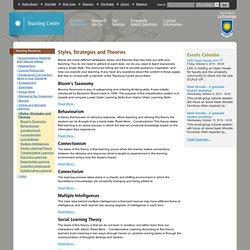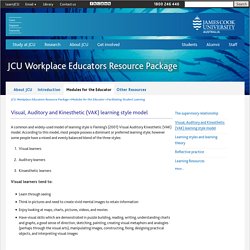

Linda Cliatt-Wayman: How to fix a broken school? Lead fearlessly, love hard. Fold an Origami HDTV! by Jeremy Shafer. How to Make a Squash Letter. John Dewey by Rogelio Campa. The Pragmatic Turn - Richard J. Bernstein. In this major new work, Richard J.

Bernstein argues that many of the most important themes in philosophy during the past one hundred and fifty years are variations and developments of ideas that were prominent in the classical American pragmatists: Charles S. Peirce, William James, John Dewey and George H Mead. Pragmatism begins with a thoroughgoing critique of the Cartesianism that dominated so much of modern philosophy. The pragmatic thinkers reject a sharp dichotomy between subject and object, mind-body dualism, the quest for certainty and the spectator theory of knowledge. They seek to bring about a sea change in philosophy that highlights the social character of human experience and normative social practices, the self-correcting nature of all inquiry, and the continuity of theory and practice.
The Cambridge Companion to Dewey - Molly Cochran. Eng_fiil.pdf. Attitudes-to-others.pdf. The-Value-of-Diversity.pdf. Peer_Education_Approach_in Cultural_Diversity_Projects.pdf. Peer_2 Peer_4_You_Actions_and_Outcomes_Report.pdf. 203.72.145.166/elt/files/55-3-4.pdf. 55-3-4.pdf. Styles, Strategies and Theories. Below are some different strategies, styles, and theories that may help you with your teaching.

You do not need to adhere to each style, nor do you need to teach exclusively using a single style. The resources below are here to provide guidance, inspiration, and help you explore your teaching. If you have any questions about the content in these pages, feel free to consult with a member of the Teaching Centre about them. Blooms Taxonomy is way of categorizing and ordering thinking skills. It was initially introduced by Benjamin Bloom back in 1956. Read More... A theory that focuses on stimulus response. Read More... The basis of this theory is that learning occurs when the learner makes connections between the stimulus and response (what is taught or experienced in the learning environment versus how the student reacts) Read More... The learning process takes place in a chaotic and shifting environment in which the foundations of knowledge are constantly changing and being added to. Web.stanford.edu/group/ncpi/unspecified/student_assess_toolkit/pdf/learningstyles.pdf.
Kolb's Experiential Learning Theory- JCU. Contents: The Four Stage Learning Cycle Kolb's learning styles Websites and further reading Kolb's (1984) learning theory sets out four distinct learning styles (or preferences), which are based on a four-stage learning cycle.

Kolb's model offers both a way to understand individual learning styles, and also an explanation of a cycle of experiential learning that applies to all learners. The Four Stage Learning Cycle Kolb proposed that an individual learner moves through a spiral of immediate experience which leads to observations and reflections on the experience. Kolb described the four stages in the cycle of experiential learning as: Concrete Experience - (CE)Reflective Observation - (RO) Abstract Conceptualization - (AC)Active Experimentation - (AE) Concrete Experience (CE) This stage of the learning cycle emphasises personal involvement with people in everyday situations.
For example, a student performs an initial interview for the first time. Visual, Auditory and Kinesthetic (VAK) learning style model - JCU. A common and widely-used model of learning style is Fleming’s (2001) Visual Auditory Kinesthetic (VAK) model.

According to this model, most people possess a dominant or preferred learning style; however some people have a mixed and evenly balanced blend of the three styles: Visual learnersAuditory learnersKinaesthetic learners Visual learners tend to: Learn through seeingThink in pictures and need to create vivid mental images to retain informationEnjoy looking at maps, charts, pictures, videos, and moviesHave visual skills which are demonstrated in puzzle building, reading, writing, understanding charts and graphs, a good sense of direction, sketching, painting, creating visual metaphors and analogies (perhaps through the visual arts), manipulating images, constructing, fixing, designing practical objects, and interpreting visual images Auditory learners tend to: Kinaesthetic learners tend to:
The japanese needs analysis. Rapport. Coding. Project ideas.